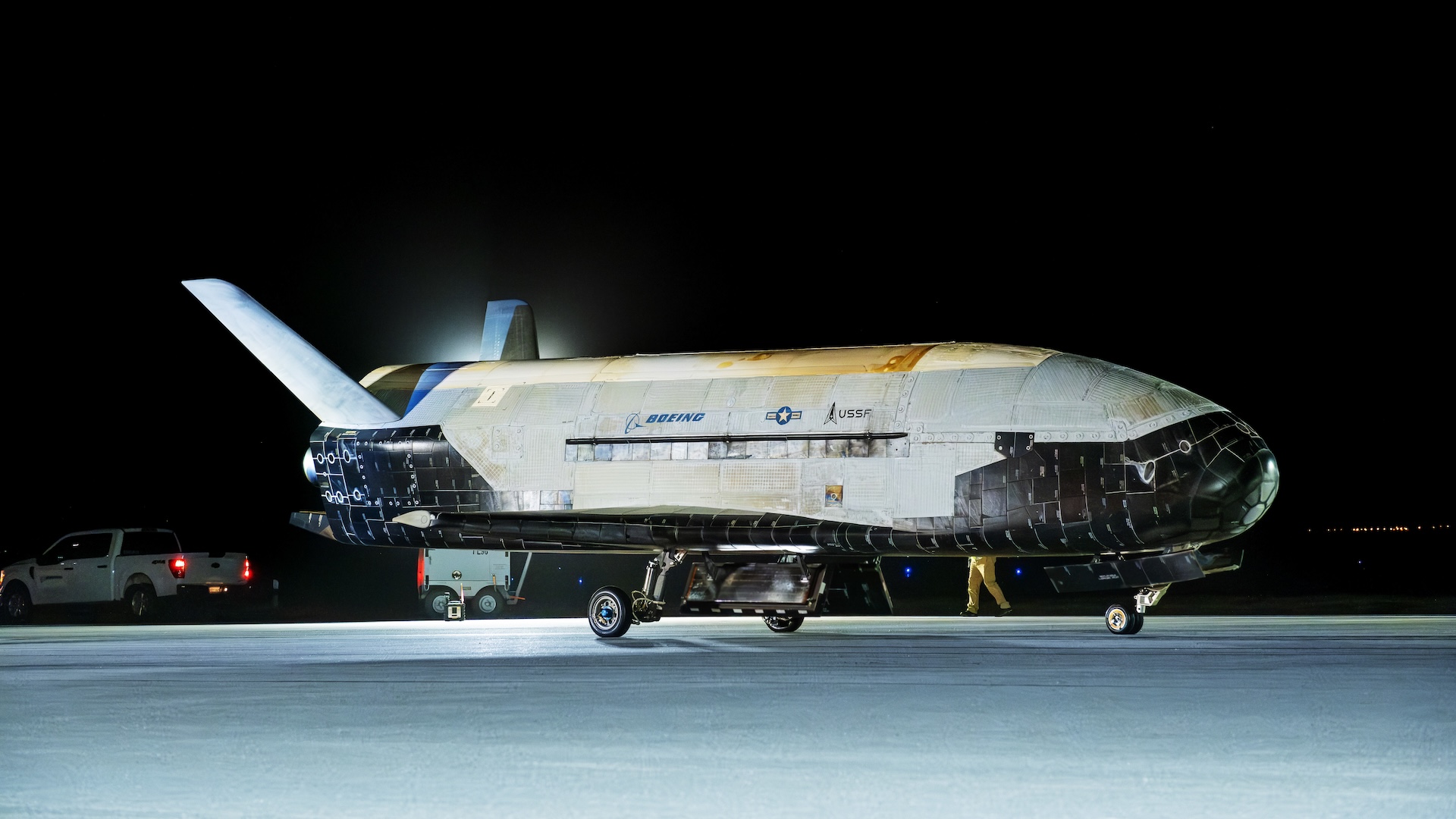| IN A NUTSHELL |
|
Venus Aerospace’s recent success in testing a Rotating Detonation Rocket Engine (RDRE) marks a pivotal moment in aerospace innovation. This milestone, achieved at Spaceport America in New Mexico, is not merely a technical triumph but a glimpse into the future of hypersonic travel. By harnessing supersonic explosions for propulsion, this engine could revolutionize high-speed transportation, offering a more efficient and sustainable means of travel. As the world anticipates the potential of this technology, the implications for both civilian and military applications are profound, promising a new era in aerospace capabilities.
Understanding the Mechanics of Rotating Detonation Engines
The Rotating Detonation Rocket Engine is an innovative leap in rocket propulsion technology. Unlike conventional rocket engines that rely on steady combustion, this engine utilizes a series of controlled detonations. These supersonic explosions occur within a combustion chamber, propelling the vehicle forward with remarkable efficiency. The concept, although theorized decades ago, has only recently been realized in practical applications.
The RDRE’s design involves a cylindrical chamber where a mixture of fuel and oxidizer is detonated. This results in a supersonic shock wave that travels in a circular path, compressing and consuming the unburnt propellant. The outcome is a propulsion system that offers higher thrust-to-weight ratios and improved combustion efficiency over traditional engines. Such advancements could enable hypersonic vehicles to operate with the ease and efficiency of conventional aircraft.
The VDR2 Air-Breathing Detonation Ramjet: A Key Component
Central to Venus Aerospace’s hypersonic aspirations is the VDR2 air-breathing detonation ramjet engine. This engine design capitalizes on the vehicle’s forward motion to compress incoming air, essential for achieving hypersonic speeds. Its innovative structure, devoid of moving parts, uses a conical inner body to manage shock waves and slow airflow to subsonic speeds, preventing damage to the engine.
A significant challenge with ramjets is their need for an initial high-speed boost to commence the engine cycle, typically requiring assistance from a booster rocket or launch from a high-speed aircraft. By integrating the RDRE with the ramjet, Venus Aerospace has developed a hybrid system capable of traditional runway operations. This synergy could redefine hypersonic travel, offering new possibilities for both military and civilian applications.
Venus Aerospace’s Vision for the Future of Flight
Venus Aerospace envisions a future where hypersonic travel is not just a military asset but a commercial reality. Their goal is to power the Stargazer M4, a Mach 4 civilian aircraft, with an evolved RDRE. The recent test, featuring a simplified launch approach, marks a significant step towards this vision by validating the technology’s core principles.
Future tests will integrate the VDR2 engine into drones, testing the technology under diverse conditions. CEO Sassie Duggleby emphasizes the potential for this technology to make hypersonic travel both cost-effective and environmentally sustainable. As development progresses, Venus Aerospace is poised to transform air travel, making high-speed flights accessible to a broader audience.
Potential Impact of Hypersonic Propulsion
The implications of successful hypersonic propulsion technology are vast. Hypersonic vehicles could drastically reduce travel times, reshaping global transportation. The ability to take off and land from conventional airports further enhances the practicality of these vehicles for commercial use.
Beyond civilian travel, hypersonic propulsion offers strategic military advantages, including rapid deployment and enhanced maneuverability. As Venus Aerospace advances its technology, questions about regulatory challenges and broader industry adoption remain. Despite these challenges, the company’s progress signals a promising future for high-speed travel, potentially altering global connectivity and transportation paradigms.
Venus Aerospace’s strides in hypersonic propulsion technology signify a monumental shift in aerospace innovation. As we stand on the cusp of a new era in transportation, we must consider the broader implications of such advancements. How will these technological breakthroughs redefine our understanding of distance and connectivity in the future?
This article is based on verified sources and supported by editorial technologies.
Source link

